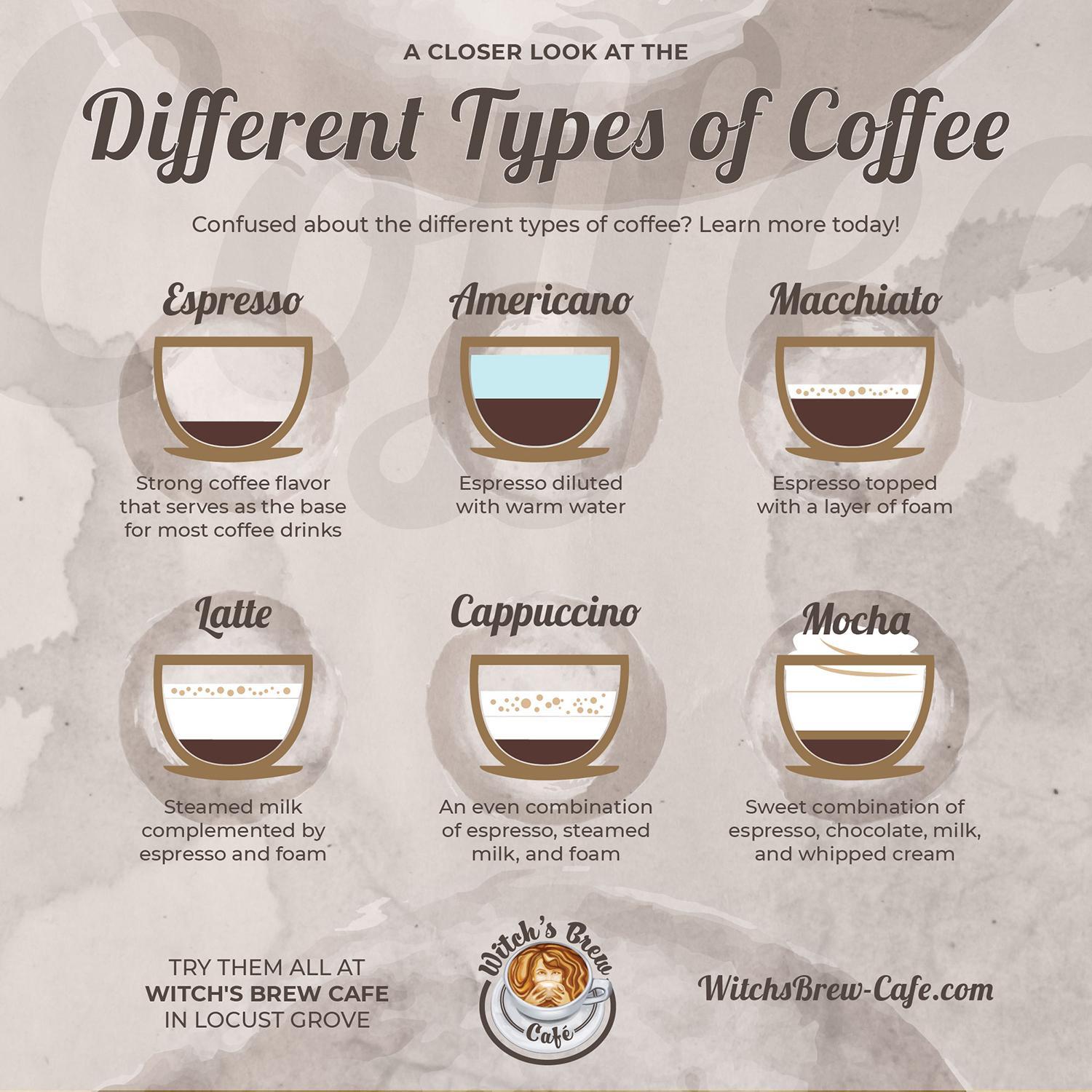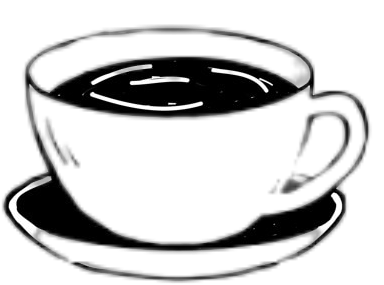As a passionate coffee enthusiast, I vividly remember my first encounter with both espresso and regular coffee. It happened in a charming café where I found myself torn between ordering a standard cup of coffee or a shot of espresso. Sensing my indecision, the barista kindly offered me samples of both. To my surprise, despite coming from the same beans, their flavors and textures were strikingly different. This sparked my curiosity, prompting me to dive deeper into what sets these two beloved beverages apart. In this guide, I’ll share the insights I’ve gathered to help you appreciate the distinctions between coffee and espresso. Uncover the advanced capabilities of the Philips 5500 LatteGo review
Brewing Methods: The Core Difference
The most significant distinction between coffee and espresso lies in how they are brewed. This factor greatly affects their taste, texture, and caffeine content.
Regular coffee is typically prepared using methods like drip brewing, pour-over, or the French press. These approaches involve slowly passing hot water through coarsely ground coffee over several minutes. This extended process creates a smoother, more balanced beverage that’s perfect for relaxed mornings. Get a closer look at the features of the Philips 5400 LatteGo review
Espresso, on the other hand, uses a high-pressure brewing technique. Hot water is forced through finely ground coffee at roughly 9 bars of pressure over 25–30 seconds. This quick method yields a small, concentrated shot with an intense flavor, a creamy texture, and the signature golden crema on top. If coffee is a gentle, calming wave, espresso is a powerful, invigorating splash. Explore our top picks in the Best Automatic Espresso Machine review
Grind Size and Preparation: Vital Variations
Another critical factor separating coffee and espresso is the grind size, which plays a pivotal role in the brewing process.
For regular coffee, coarser grounds are used. This texture supports slower brewing, ensuring the flavor is extracted evenly without becoming overly bitter.
Espresso demands a much finer grind, essential for high-pressure brewing. The finer grounds enable optimal flavor extraction in the brief brewing time. I learned this lesson the hard way when I tried to make espresso using a standard coffee grinder—it resulted in a weak, watery shot. Achieving the perfect grind is key to creating a true espresso experience. Find the perfect machine to beat the heat in the Best Iced Coffee Maker review

Flavor Profiles: Mellow vs. Bold
The taste profiles of coffee and espresso offer distinctly different experiences.
Coffee delivers a broad range of flavors depending on the brewing method. A pour-over might emphasize floral and citrusy notes, while a French press highlights earthy, robust undertones. The slower extraction creates a smooth, mellow drink that’s ideal for sipping at leisure. Dive into the best options for making lattes in the Best Latte Maker review
Espresso, in contrast, provides a bold and concentrated flavor. The high-pressure extraction amplifies its taste, producing a thicker mouthfeel and more intense notes ranging from chocolatey and nutty to fruity. I personally enjoy coffee when I’m looking for a calming drink, while espresso is my go-to for a strong and flavorful pick-me-up.
Caffeine Comparison: What Packs a Punch?
A common misconception is that espresso has more caffeine than regular coffee because of its strong flavor. However, the caffeine content depends on the serving size.
A single shot of espresso (about 1 ounce) contains roughly 63 milligrams of caffeine. In contrast, an 8-ounce cup of drip coffee has approximately 95 milligrams of caffeine. While espresso is more concentrated, coffee usually contains more caffeine overall due to its larger serving size.
When I want a sustained energy boost, I turn to coffee. For a quick, powerful jolt, espresso does the trick.
The Crema: A Unique Espresso Feature
One standout aspect of espresso is the crema—a golden foam layer that forms on top of a well-brewed shot. This creamy layer results from coffee oils emulsifying under high pressure, adding texture and enhancing the flavor.
Regular coffee lacks this feature due to its lower-pressure brewing methods. For me, the crema is a delightful highlight of espresso, making it both visually appealing and deliciously smooth.
Espresso’s Role in Specialty Drinks
While both coffee and espresso are enjoyable on their own, espresso is remarkably versatile when it comes to creating other beverages.
Coffee is often served black or with milk and sugar, but it’s rarely used as a base for specialty drinks.
Espresso, however, is the foundation of many popular drinks like lattes, cappuccinos, macchiatos, and Americanos. Its bold flavor pairs beautifully with steamed milk, froth, or even hot water. I love experimenting with espresso-based recipes at home, crafting personalized versions of my favorite café drinks.

Conclusion: Coffee or Espresso—Which One is for You?
Though coffee and espresso come from the same beans, their differences in brewing methods, grind sizes, and flavor profiles create two distinct experiences. Coffee’s slower brewing produces a smooth, mellow drink perfect for laid-back moments, while espresso’s high-pressure process delivers a bold, intense shot ideal for a quick boost or as the base for specialty drinks.
Ultimately, the choice depends on your mood and preferences. If you’re in the mood for something light and soothing, coffee is your go-to. If you’re craving a rich, concentrated flavor, espresso won’t disappoint. Personally, I enjoy alternating between the two depending on the time of day and my energy needs.
Frequently Asked Questions
What makes espresso stronger than regular coffee?
Espresso has a more concentrated flavor and higher caffeine per ounce, but a full cup of coffee generally has more caffeine due to the serving size.
Can regular coffee grounds be used to make espresso?
No, espresso requires a finer grind. Using regular coffee grounds will result in an underwhelming shot.
What is crema in espresso?
Crema is the golden foam layer on top of espresso, created by emulsifying coffee oils under high pressure.
Which has more caffeine: a shot of espresso or a cup of coffee?
An espresso shot contains about 63 milligrams of caffeine, while an 8-ounce cup of coffee has around 95 milligrams.
Can espresso serve as a base for other drinks?
Yes, espresso is the foundation for beverages like lattes, cappuccinos, and macchiatos, offering versatility unmatched by regular coffee.
